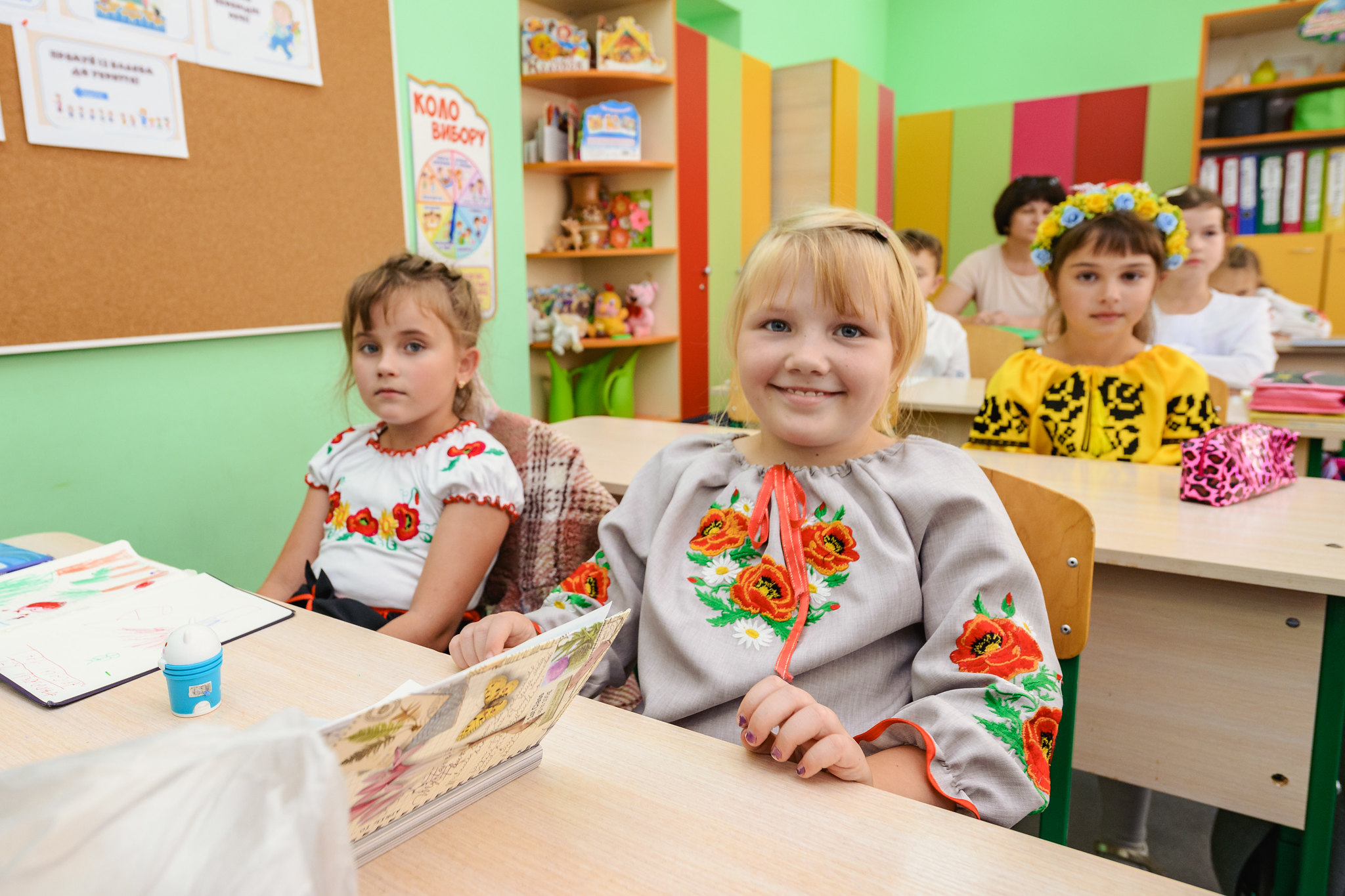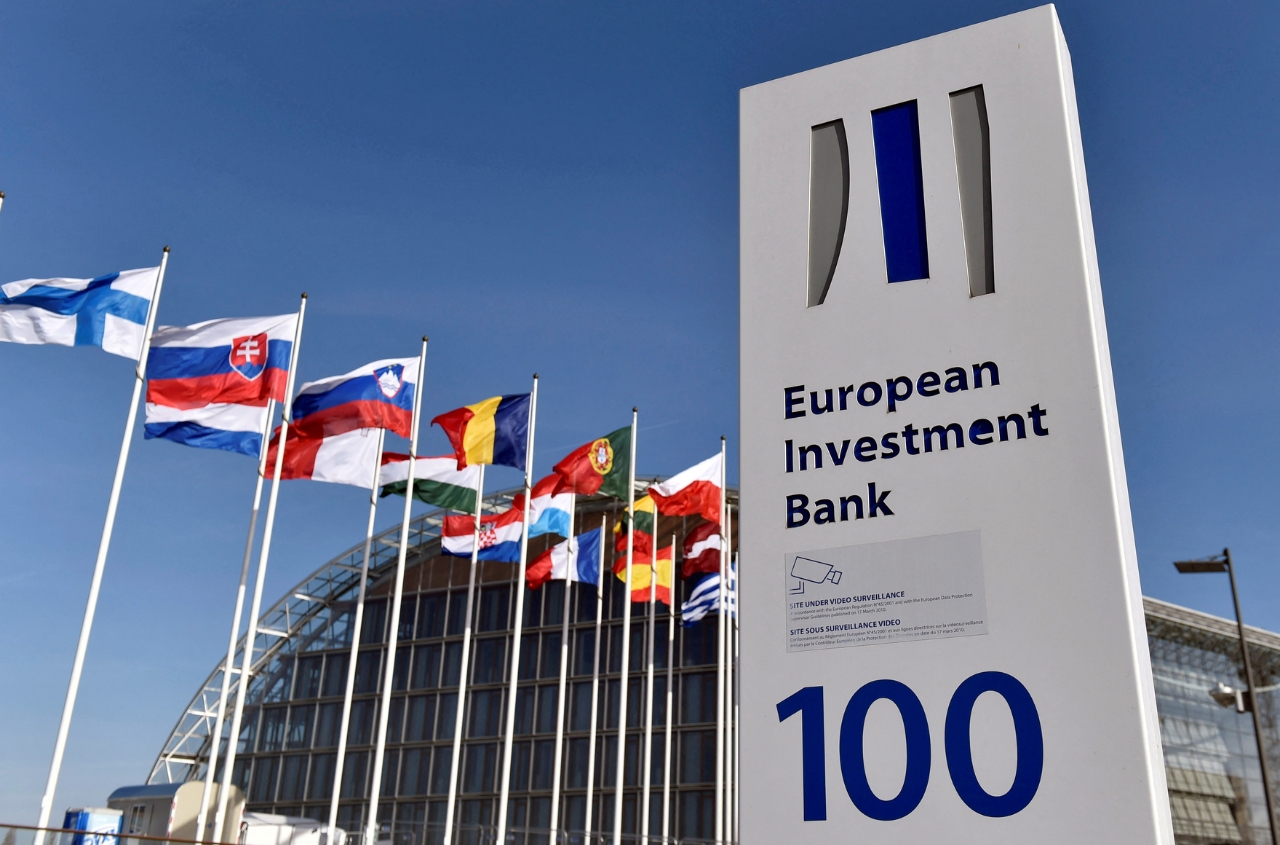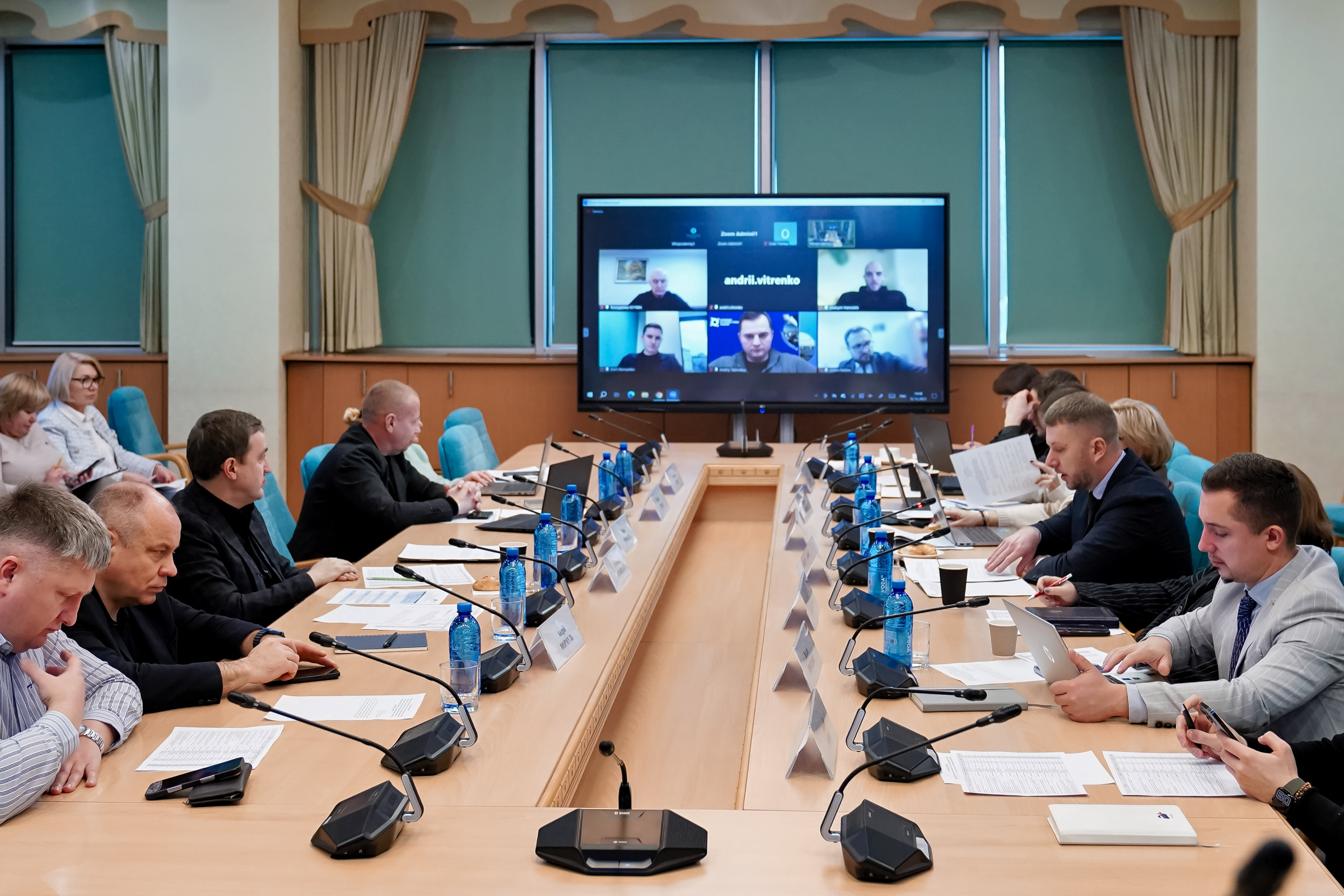In the village of Shyshaky, an inclusive school has started operating, renovated with consideration for accessibility and energy efficiency principles. The school was renovated as part of the Extraordinary Credit Program for Ukraine's Recovery (ECP) from the European Investment Bank (EIB), a bank of the European Union. The major repair of the school was carried out with a €1 million loan from the EIB, as well as a local budget contribution of €100,000. According to the terms of the financial agreement, the credit funds, which the state repays from the state budget, are provided to communities on a non-repayable basis.
"In our country, 363 educational institutions have been completely destroyed, and 3,417 have been partially damaged. Our task is to restore them quickly and efficiently, implementing the Build Back Better principle, especially in education. Our partners from the European Investment Bank share this principle, directing funds to improve learning conditions in communities that have received a large number of internally displaced persons. This is important work that we are doing together," commented Vice Prime Minister for Ukraine's Recovery and Minister of Development of Communities, Territories, and Infrastructure, Oleksandr Kubrakov.

Internal work was carried out in the school, including restroom renovation, window and door replacement. The school's infrastructure was significantly improved, and gas and electrical supply systems were updated. The school was equipped with a computer network and server equipment. The facility was also adapted for children with special educational needs, with the installation of ramps, an elevator, and a lift.
Currently, the school has 466 students, including 41 children of combat veterans, and 10 children affected by the Chernobyl disaster, as well as 13 children with disabilities. Additionally, the school has welcomed 24 internally displaced children from regions most affected by the war.
The Extraordinary Credit Programme for Ukraine's Recovery (UERP) provides local authorities with the opportunity to restore social infrastructure and improve living conditions for internally displaced persons (IDPs) and the communities hosting them. Within the program, 106 objects have already been successfully renovated, including 51 educational institutions, 37 medical facilities, 9 social buildings, 4 administrative buildings, 4 cultural centers, and one sports center.






















